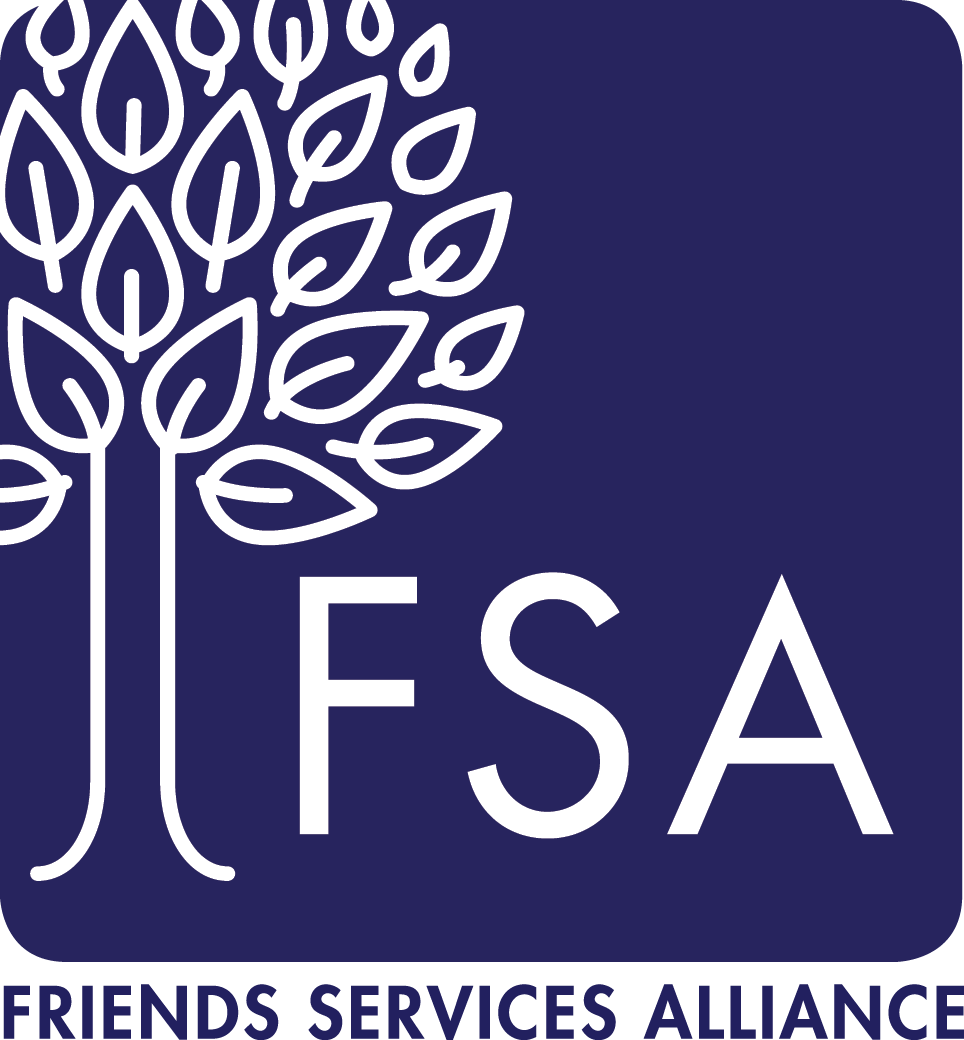...yet even amid these staffing challenges, CCRCs need to keep exclusion monitoring front and center in hiring and retention practices. Continuous workforce screening is an important tool to ensure residents receive safe, high-quality care. It’s also a critical component of a CCRC’s compliance program.
Here’s a brief overview of compliance issues related to the federal exclusion rule, and five best practices to follow.
What Is OIG’s Exclusion Rule?
The Office of Inspector General (OIG) has the authority to ban individual providers or entities from participating in federally funded healthcare programs (e.g., Medicare, Medicaid, TRICARE), according to Section 1128 of the Social Security Act.
Reasons for exclusion range from misdemeanor convictions and administrative violations to serious felony offenses.
Here’s an alarming stat: in 2020, two of the most common reasons for exclusion were patient abuse/neglect and controlled substance conviction.
OIG places excluded providers on its List of Excluded Individuals and Entities (LEIE), an online database that’s updated every month.
What are the consequences of employing or contracting an excluded party?
Allowing an excluded individual to provide care compromises resident safety and health. It’s also not good for the health of a CCRC’s finances or reputation.
Healthcare organizations that reimburse excluded individuals or entities for services (or items) can face significant penalties, including:
- $20,000 per each item claimed or service provided
- Treble damages (3 times the amounts claimed to CMS for reimbursement)
- Possible program exclusion of the organization
- Possible loss of the right to bill CMS for services rendered
- Possible fines under the False Claims Act (up to $11,000 per claim) and placement in a Corporate Integrity Agreement with OIG
- Possible criminal charges
Recent OIG Exclusion Enforcement
- Two California healthcare facilities agreed to pay $371,001.45 for employing an excluded individual. OIG alleged they should have known the provider was federally excluded.
- Mercy Health Oklahoma Communities, Inc., agreed to pay $10,000 for employing an individual that OIG alleged they should have known was excluded from federal health care programs.
- The owner of a physical therapy practice in Georgia agreed to a seven-year exclusion in connection with False Claims Act liability for submitting false claims for services to Medicare and TRICARE beneficiaries.
Exclusion Screening Best Practices
CCRC compliance officers should work with HR and hiring managers to ensure that proper screening processes are in place and performed consistently. Here are five tips to keep in mind for a thorough approach to exclusion monitoring.
1. Include sanction checks as part of background screening
Background screening needs to include sanction checks of prospective employees or contractors. This involves searching the LEIE database and other sources (see below) to ensure the candidate hasn’t been excluded.
Keep in mind that exclusions can apply to people who aren’t directly involved in resident care. Any excluded individual or entity connected to your organization places the organization at direct risk of being in violation of the law.
There’s a bit of art and science involved in searching the LEIE (e.g., handling hyphenated names, verifying potential matches). OIG provides quick tips on searching the LEIE for the most accurate results.
As an additional measure, include questions in applications and in contract terms requiring the party to confirm that they are not excluded.
2. Check other sources for exclusions
Although OIG is diligent keeping the LEIE current, it’s common for states to delay submitting exclusion data to OIG, sometimes for months.
That means it’s necessary to check other sources:
- SAM.gov (sam.gov/content/home)
- Medicare Preclusion Lists (https://www.cms.gov/Medicare/Provider-Enrollment-and-Certification/Preclusion-List)
- State-Specific Exclusion List (Medicheck) (Search on Medicheck and the state)
3. Have an ongoing exclusion-monitoring program
OIG doesn’t have a notification system to alert healthcare organizations when an individual provider or an entity is newly excluded.
It’s up to CCRCs to monitor the list regularly. In addition to checking the LEIE and other sources prior to hire or going forward with a contract, it should happen on a monthly basis.
Note that some states do not require monthly screening. However, screening the workforce for exclusion every month is a best practice.
4. Understand OIG’s Self-Disclosure Protocol
Upon discovering that an excluded provider is employed or contracted by your organization, it’s important to follow OIG’s Self-Disclosure Protocol. Although not guaranteed, following the disclosure protocol may help organizations avoid corporate integrity agreements and decrease financial penalty amounts.
Before completing the disclosure protocol, OIG requires organizations to thoroughly investigate what went wrong.
Also, a disclosing entity must screen all current employees and contractors against the LEIE before submitting a self-disclosure.
5. Policy considerations
Along with monthly sanction checks of all employees and contractors, organizations should take the following precautions:
- Make sure contracts and agreements require that engaging with a party is dependent on their eligibility to participate in federal programs.
- Make sure policies require that providers and contractors provide immediate notification if they are excluded by OIG.
- Even if a business agreement with a vendor specifies that the vendor will perform sanction checks, verify that it’s happening. Ask for evidence that they’ve performed sanction checks in the past year.
For further detail on OIG exclusions, refer to the December 2021 Compliance Quarterly Education packet, available to FSA program participants. Not a participant? Learn more here.
Friends Services Alliance (FSA) is a national professional association of values-aligned organizations that serve seniors. Our support services include a team of Compliance and Risk Management experts who have supported organizations in developing and maintaining effective Compliance and Ethics Programs for over 20 years.




